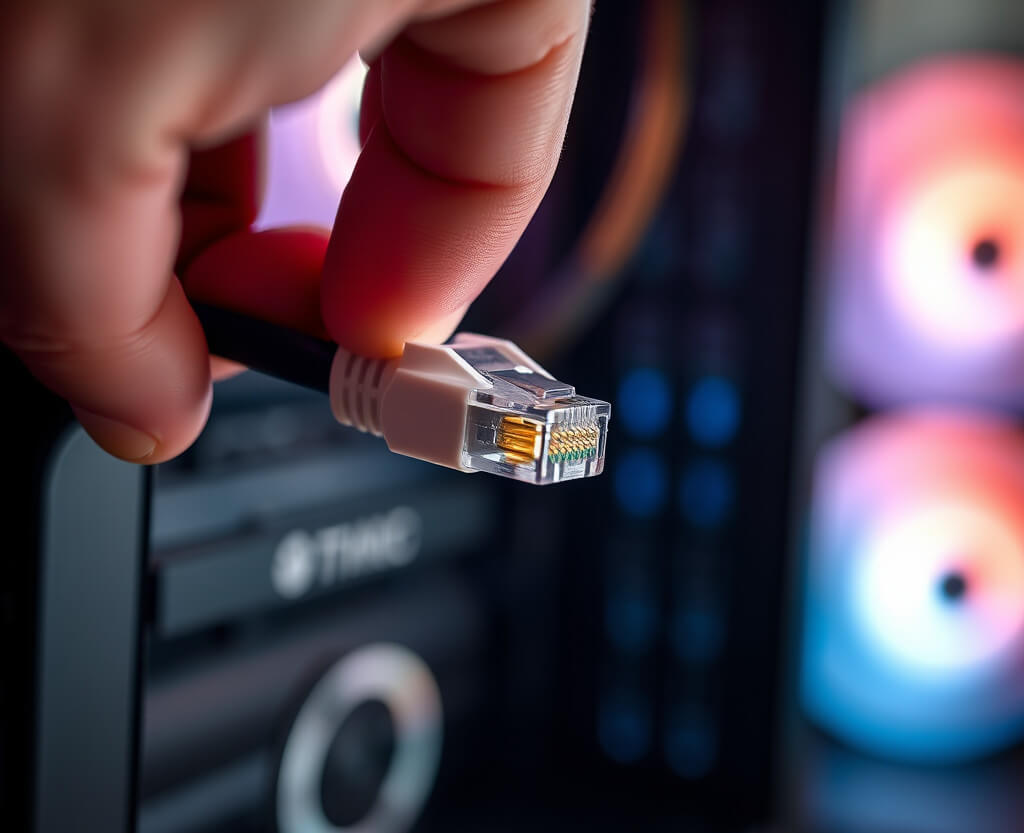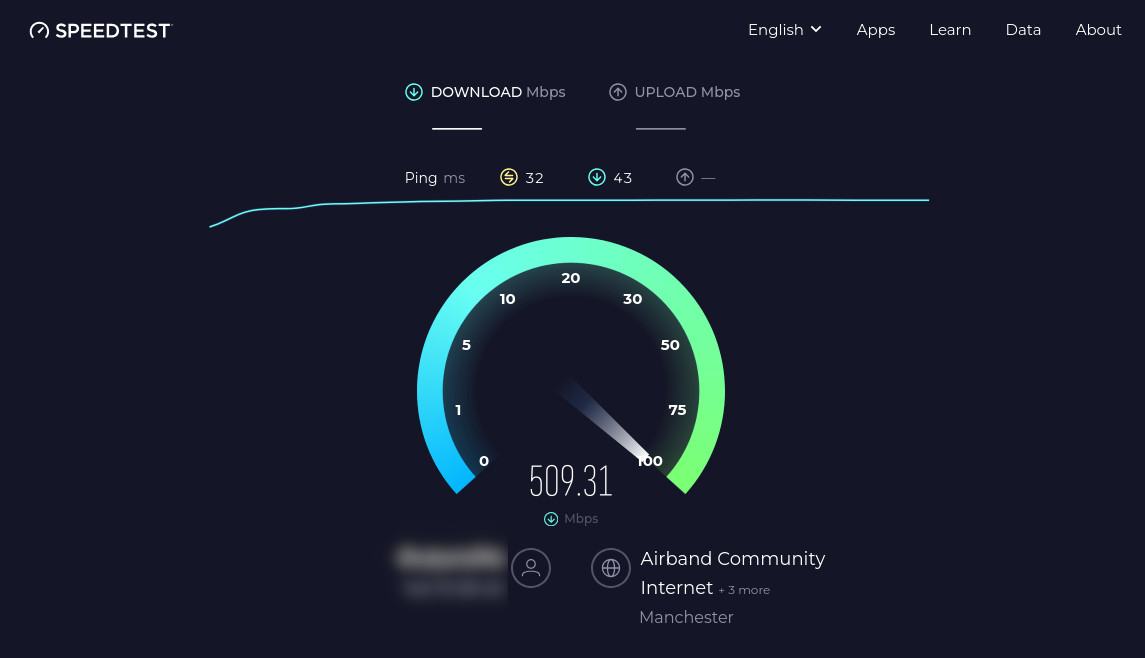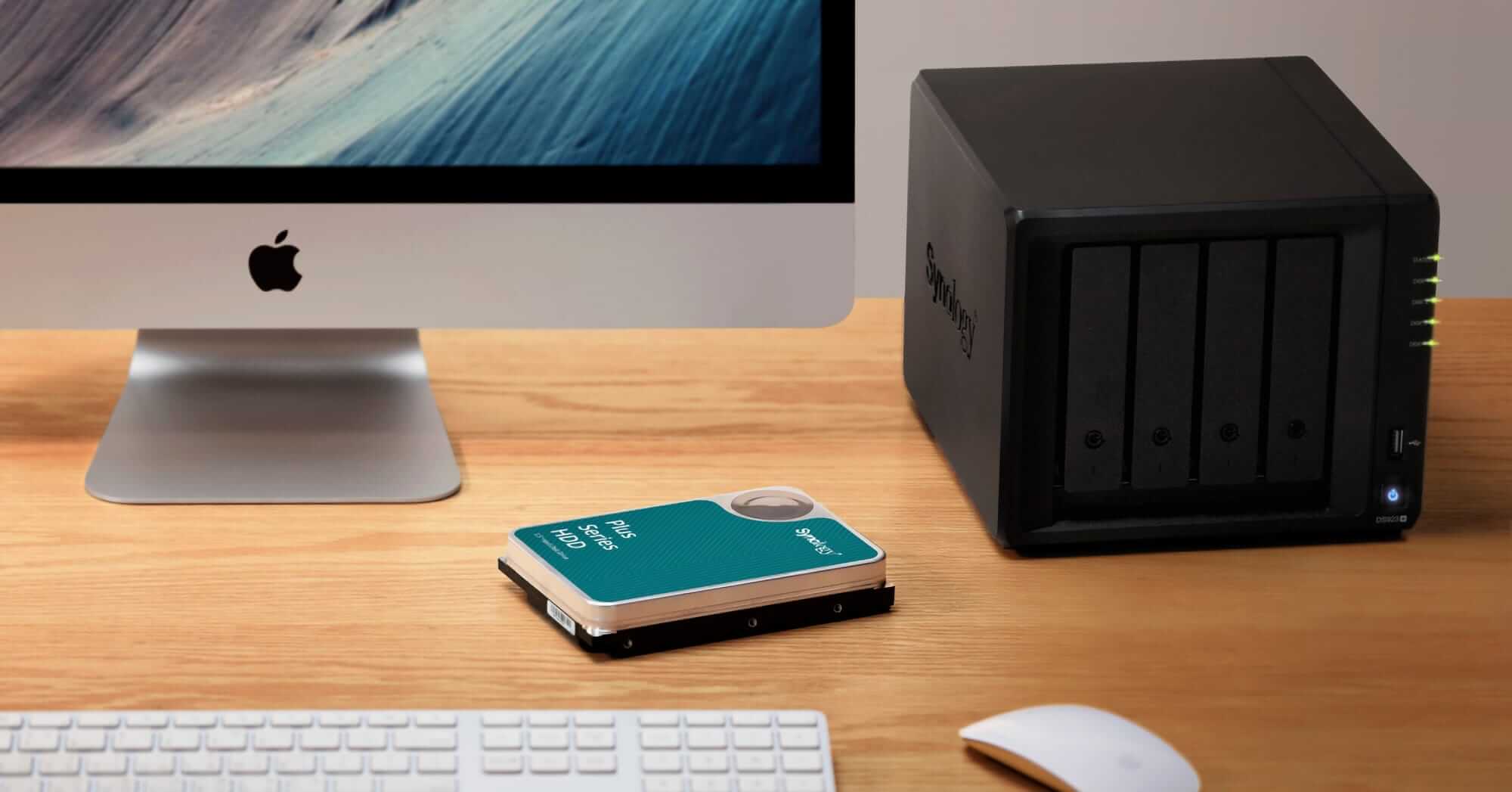· 4 min read
The Importance of a Wired Network in a Wireless World

Let’s be honest. We live in a wireless world. It feels like everything is designed to be untethered – phones, earbuds, even some keyboards and mice. So why are we still talking about wires? It feels a bit…retro, doesn’t it? Like suggesting you switch from a smartphone back to a flip phone.
But here’s the thing: while wireless convenience is fantastic, relying solely on Wi-Fi can be like building a beautiful house on a shaky foundation. It might stand for a while, but eventually, cracks will appear. And those cracks manifest as frustrating slowdowns, dropped connections, and a generally unreliable online experience.
Think of your home network like a highway system. Wi-Fi is like a multi-lane highway open to everyone – your phone, your laptop, your smart TV, your kids’ tablets, even your neighbor’s if your security isn’t top-notch. It’s convenient, but all that traffic can lead to congestion, especially during peak hours (think movie night or online gaming sessions). A wired connection, on the other hand, is like a dedicated private road – a direct, uninterrupted path for your most demanding devices.
For years, Wi-Fi was “good enough.” But our online habits have changed dramatically. We’re not just checking email and browsing websites anymore. We’re streaming 4K video, participating in video conferences, playing online games, backing up massive photo and video libraries to the cloud, and increasingly relying on smart home devices that all demand a stable, high-bandwidth connection.
The Downsides of a Wi-Fi-Only Life
How many times have you experienced one of these scenarios?
- The Spinning Wheel of Doom: You’re in the middle of an important video call, and suddenly your video freezes, or your audio cuts out. It’s embarrassing, disruptive, and often leads to missed information.
- Buffering Blues: You’re settling in for movie night, only to be greeted by the dreaded buffering screen. It’s a mood killer, and it wastes valuable time.
- Gaming Lag: You’re competing in an online game, and every millisecond counts. Lag can mean the difference between victory and defeat.
- Slow File Transfers: Backing up your photos and videos to the cloud takes forever. It’s a time-consuming process that can disrupt your workflow.
- The Mysterious Disconnect: Your connection drops randomly, forcing you to restart your router (again!).
These aren’t just minor inconveniences. They impact our productivity, our entertainment, and our ability to stay connected with loved ones. And often, the root cause is a congested or unreliable Wi-Fi network.
The Power of a Wired Connection
So, how does a wired connection solve these problems? It’s surprisingly simple. Ethernet cables provide a direct, dedicated connection between your device and your router. This eliminates the interference and congestion that can plague Wi-Fi networks.
Here’s what you gain:
- Speed & Reliability: Wired connections consistently deliver faster and more reliable speeds than Wi-Fi, especially for bandwidth-intensive activities. Think of it as a clear, direct pipeline versus a crowded, winding road.
- Lower Latency: Latency is the delay between sending a request and receiving a response. Lower latency is crucial for online gaming and video conferencing. A wired connection minimizes latency, providing a smoother, more responsive experience.
- Security: Wired connections are inherently more secure than Wi-Fi networks. They’re less susceptible to hacking and eavesdropping.
- Consistency: Unlike Wi-Fi signals that can fluctuate due to distance, obstacles, and interference, a wired connection provides a consistent, stable connection.
Finding the Right Balance: Hybrid Approach

Now, before you rip out all your Wi-Fi access points, let’s be clear: Wi-Fi still has its place. It’s perfect for mobile devices, smart home gadgets, and situations where running a cable isn’t practical.
The ideal solution is a hybrid approach. Connect your most demanding devices – your gaming PC, your streaming media player, your primary work computer – directly to your router with Ethernet cables. Leave Wi-Fi for everything else. This gives you the best of both worlds – the convenience of wireless connectivity and the speed and reliability of a wired connection.
It’s Easier Than You Think
Setting up a wired connection is surprisingly easy. All you need is an Ethernet cable and an available port on your router. Simply plug one end of the cable into your device and the other end into your router. That’s it!
Don’t let the idea of running cables seem daunting. A little planning and some cable management can make a huge difference. You can run cables along baseboards, under carpets, or through walls (if you’re feeling ambitious). There are even cable concealers available to keep things neat and tidy.
Investing in a wired network isn’t about embracing outdated technology. It’s about future-proofing your home network and ensuring a smooth, reliable online experience for years to come. It’s about taking control of your connection and eliminating the frustrations that can hold you back. It’s about enjoying the things you love online without the constant worry of dropped connections and buffering screens.




